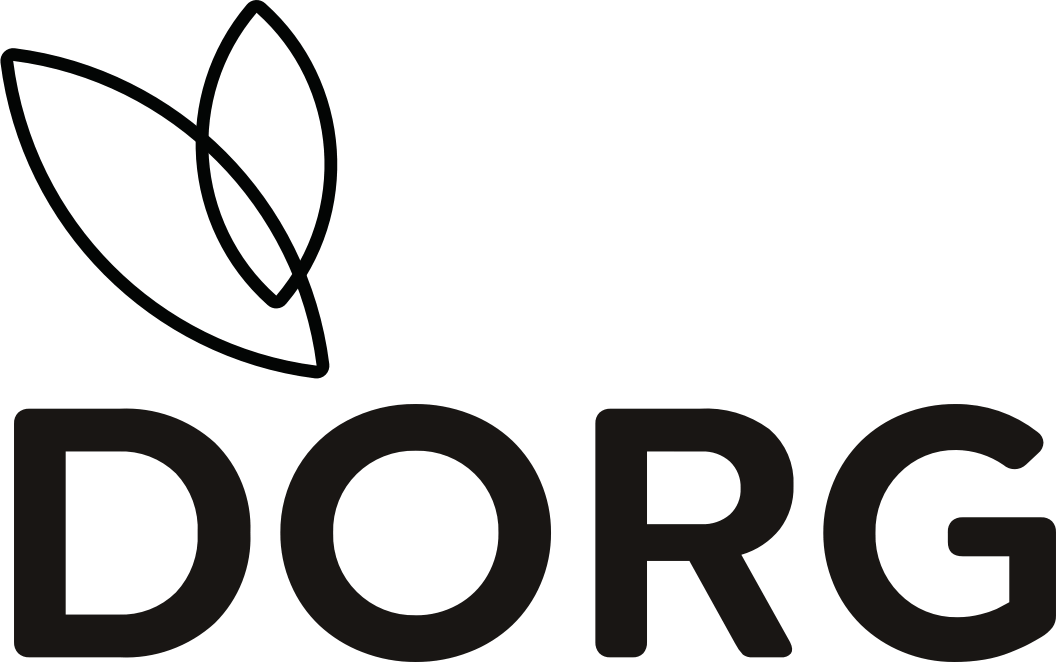We are certain of one thing: if you have decided to go on a diet, at least once you will have googled questions like "what does the ketogenic diet consist of". And we are equally sure of the fact that, probably, you haven't been able to get a precise idea or to give you a complete answer.
Well: whether you're coming across this article on your first search, or you're frustrated because what you've read so far doesn't satisfy you, today we want to speak to you. As? Explaining to you in detail and in a clear way, what the ketogenic diet consists of.
Curious to know more? Let's start!
The ketogenic diet in a nutshell
The ketogenic diet is a diet that is based on reducing the intake of sugars and carbohydrates, and on increasing the intake of proteins and fats, with the aim of modifying the metabolism through a reaction called ketosis.
Ketosis is a metabolic activity different from the ordinary one, which leads to burning fat reserves instead of sugars to obtain the energy needed for daily activities.
From a practical point of view, the ketogenic diet is extremely valid both as a weight loss diet and as a healthy diet. It is, in particular, suitable for both athletes and people suffering from blood sugar and insulin-related diseases, as it allows you to easily control your blood sugar level.
Ketosis: How do you lose weight?
There ketosis it is a different metabolic state from what our body is usually used to.
In particular, our body normally uses sugars – to be understood as both sugars and carbohydrates – to transform them into energy to be used to make our body function in daily life. Sugars that are not used are stored by the metabolism in fat reserves. The more sugars we eat, therefore, the more it is possible to accumulate fat.
Ketosis reverses this process: the body finds itself without sugar to use, and then resorts to fat reserves to produce energy. This is thanks to the fact that it begins to produce ketones, which allow fat molecules to be broken down, so that they can enter the circulation and be used, precisely, as calories.
The advantages? For those who need lose weight, the benefit is threefold. On the one hand, in fact, we tend to lose weight more and faster than with classic low-calorie diets. On the other hand, one suffers less hunger, because there is no counting of calories and there are no recommended doses (although in a first, shock phase, in reality one tries to stay around 800kcal to give a jolt to the metabolism). Finally, by getting more protein, you are supporting muscle and lean mass growth, which further speeds up your metabolism.
But what should you eat in a day? An example of a keto diet
The ketogenic diet is particularly "friendly" to Italians, as the use of our products, which are healthy and natural, maximizes their effects both from the point of view of nutritional values and weight loss. Now that we understand what the ketogenic diet consists of, let's see how to prepare ketogenic meals.

Remember: as a general rule, proteins and good fats must prevail over carbohydrates and sugars (which, importantly, are also contained in fruit and vegetables).
- For breakfast: replace the croissant and cappuccino with half an avocado and a scrambled egg;
- Mid morning: two rolls of bresaola with a low-fat cheese, or squares of parmesan;
- At lunch: grilled chicken breast with a salad of rocket and parmesan, seasoned with two teaspoons of extra virgin olive oil;
- Mid-afternoon: turkey salami and low-fat cheese;
- At dinner: baked cod seasoned with lime, and salad of raw peppers, cucumbers and lettuce, dressed with raw oil.
And the sodas? In general, try to stay on coffee, tea and water (both still and sparkling). But if you're invited to a party and you don't want to give up the usual "social drinking" prepare yourself a cocktail with a finger of prosecco or vodka, some slices of cucumber to add flavor and iced water.
Some advice… “technical”
As you have seen, following a ketogenic diet is not very different from following a Mediterranean diet by avoiding pasta and sweets. But what if you're invited to a party – or maybe it's a special occasion for you – and you happen to go overboard?
Absolutely nothing.
Start your diet again the next day, and in a short time (two or three days) you will be back in ketosis. Of course, avoid doing it often, or your diet will last too long and prove ineffective.
And now? Good luck on your journey to a new line!




